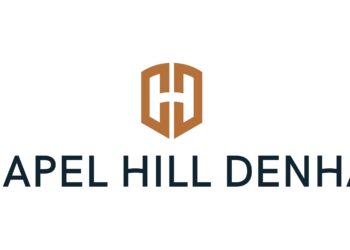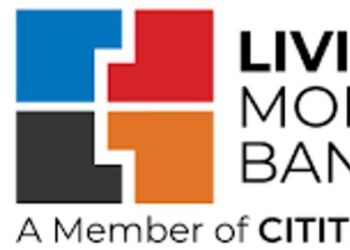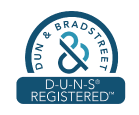The NGX Banking Index opened in the red on Monday, June 16, 2025, as investors dumped major bank stocks in reaction to a policy shift announced last week by the Central Bank of Nigeria (CBN).
Although the banking index staged a recovery from its earlier losses of over 7% in pre-market trading, it still ended the day down by 3.98%.
In a circular released Friday, the CBN directed banks currently benefiting from regulatory forbearance to suspend dividend payments, defer bonuses, and halt new investments in foreign subsidiaries.
The policy reversal is part of the CBN’s broader push to tighten oversight after the COVID-era forbearance framework, which had allowed banks more flexibility in loan classification and reporting.
- It allowed them to avoid tagging certain loans as non-performing, shielding both borrowers and the banks from the full impact of the economic downturn.
That window is now closing, as the circular confirms the new rules will apply to credit forbearance and breaches of the single obligor limit.
As the CBN begins a phased withdrawal of this support, concerns are mounting about the potential strain on banks’ capital positions.
A Monday fall
Bearish sentiment weighed heavily on the banking sector early Monday, with major stocks sliding over 5% during pre-market trading.
The NGX Banking Index, which closed last week at 1,218.2 points, plunged more than 7% to 1,131.2, with trading volume exceeding 172.7 million shares, pre-market.
However, the sector managed to claw back some early losses as bearish sentiment eased, though the majority of banking stocks still ended the day in the red.
While the outlook for profitability remains uncertain in the coming sessions, analysts note that most banks maintain strong Non-Performing Loan (NPL) coverage ratios, suggesting they are well-positioned to weather a potential rise in bad loans.
NPL coverage ratio
The Non-Performing Loan (NPL) coverage ratio measures how much provision a bank has set aside to absorb losses from bad loans.
- A higher ratio means a stronger cushion against future defaults.
Recent data from Nairametrics shows that most Nigerian banks are in a relatively strong position, thanks to robust provisioning levels.
- Zenith Bank stands out with an impressive NPL coverage ratio of 223.0%, meaning it has nearly triple the number of provisions compared to its reported non-performing loans.
- GTCO and Fidelity Bank also show solid buffers at 138.7% and 138.4%, respectively. Stanbic IBTC and Access Bank follow with moderate ratios above 110%.
- However, UBA and FirstBank Holdings have coverage ratios of 80.9% and 52.4%, raising concerns about their ability to absorb potential shocks if economic conditions worsen.
While the end of forbearance is expected to introduce fresh capital and liquidity pressures, the data suggests that some banks can withstand the pressure.
Still, the risks aren’t evenly spread. Banks with lower NPL coverage, heavy exposure to vulnerable sectors, or under-provisioned loan books may be more vulnerable to earnings pressure and capital strain in the months ahead.


























